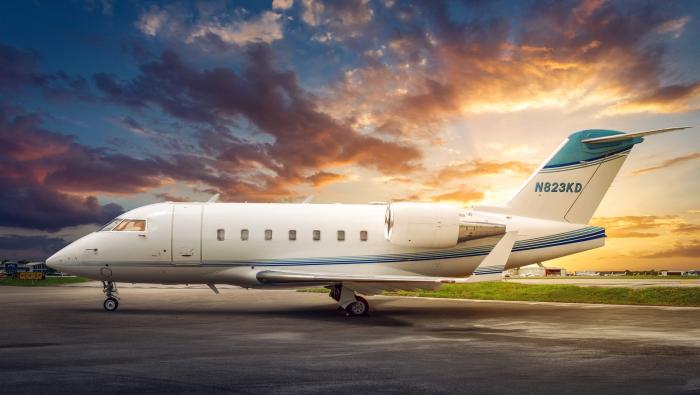The National Transportation Safety Board (NTSB) is calling on the FAA to assemble a government-industry industry working group that will take a comprehensive approach to tackle Alaska’s aviation safety record, which remains among the worst in the U.S. In a recommendation issued late last week, the Safety Board said the working group should prioritize Alaska’s safety needs and integrate them into the FAA’s safety processes.
That recommendation stems from concerns that the accident rate in Alaska was 2.35 times higher than that for the rest of the U.S. from 2008 to 2017 and the fatal accident rate was 1.34 times higher during the same period, the NTSB said.
Concerning to the agency is that the FAA has a number of efforts underway in various stages of implementation, but these efforts are being conducted in a “silo-like” approach rather than as a comprehensive, coordinated approach. “We need to marshal the resources of the FAA to tackle aviation safety in Alaska in a comprehensive way,” said NTSB chairman Robert Sumwalt. “The status quo is, frankly, unacceptable.”
The NTSB cited a number of examples where lack of coordination hampered safety efforts. In one such case, the FAA’s Planning and Requirements group pointed to a decision to purchase more automated weather observing systems (AWOS) for Alaska. While funds were earmarked for AWOS, no funding was provided for ongoing maintenance. The NTSB quoted an FAA manager as saying, “When we make decisions or we get things implemented, there are consequences that roll down the hill…that all have to be thought out.”
In another example, one Alaska air carrier executive pointed out that despite the increased availability of instrument approaches, the inability to comply with current FAA flight standards that are required throughout the U.S., such as weather reporting requirements and terminal instrument procedures, makes those approaches unusable for many operators in Alaska. The Industry has asked the FAA to adjust its flight standards for Alaska to accommodate its unique aviation environment, but no such adjustment has been evaluated.
The NTSB in September held a roundtable in Alaska focused on Part 135 operations in the state. While the roundtable was specific to on-demand operations, some of the proposals discussed, such as improved training and management of weather risks, are applicable across aviation operations, the Safety Board said.
“Whether it is a Part 135 flight or a pleasure trip, all pilots must deal with Alaska’s challenging geography and weather,” Sumwalt said. “We need to give them all the tools and resources to do so safely.”







